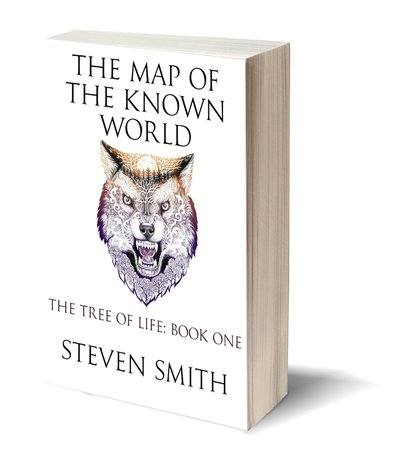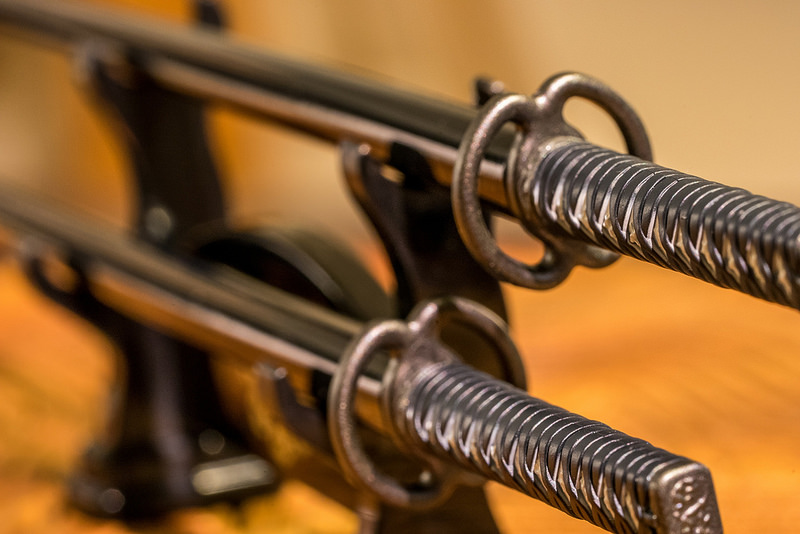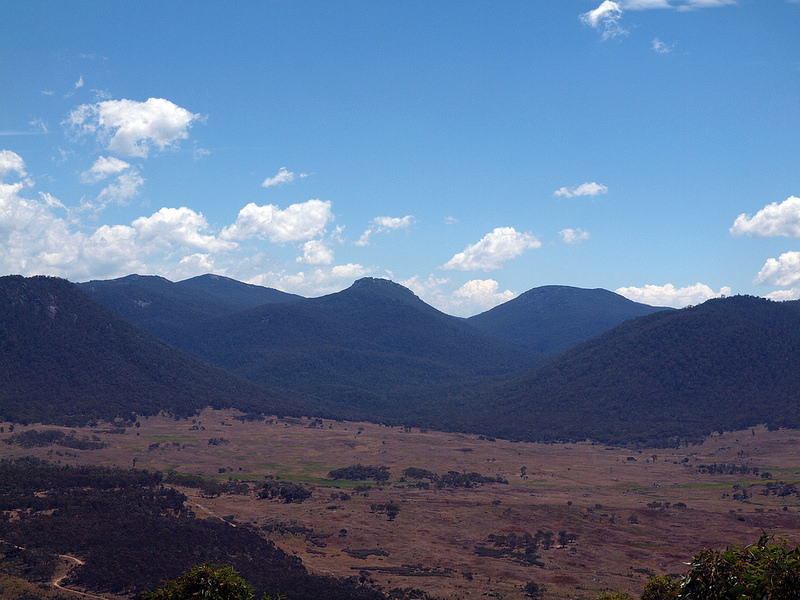|
Are you searching for an epic fantasy read? Longing to explore a complex, dangerous world full of rich characters, mysterious cultures and terrible monsters? Then The Tree of Life trilogy is exactly what you are looking for! And even better, you can now own the blistering first novel in the series, The Map of the Known World, for free.
The free ebook is available from the following providers: Amazon Kindle Smashwords iBooks Barnes and Noble Kobo So download your free copy and join Elowen in her dangerous and thrilling quest...
1 Comment
Fantasy novels deal with momentous events, and war is often prominent. As well as being exciting set pieces, battles allow authors to put pressure on their characters, to test them, to see how they react before, during and after the fighting.
In all my fantasy novels I have written about battles – from the muskets and cannons used in The Tree of Life trilogy, to the warfare of the Dark Ages in This Sacred Isle. So in this post I am going to explore the key things you need to consider when writing a fantasy battle – to illustrate certain points I’ll use example from books and films (please note there are mild spoilers). Rules of engagement Before beginning to write your fantasy battle you must know the rules by which it will take place. By this I mean you must have established the level of military technology and any magical aspects. Yes, be as imaginative as you like: for example, legions of flying dragons are fine as long as they are consistent to the internal logic of your story. Do not allow your characters to suddenly gain miraculous access to weapons or skills hitherto unmentioned in the book. Establish your rules and stick to them. And of course you must know and articulate why the battle is taking place, and what the combatants are hoping to achieve. These reasons must be consistent with the themes of your novel – do not add a battle to your story just because you think it will be dramatic and exciting. The battle must come from the politics, history and environment of your world, and be sparked into life by the choices the characters within the story make.
Know your world
However fantastical your battle, you are likely to have some aspects that need to be portrayed realistically. Few of us have experienced combat directly, so researching weapons and tactics will give more authenticity to your writing. For example, the world in which I set my The Tree of Life series had a level of technology comparable with seventeenth century Europe. I researched weapons such as muskets, pikes and cannon – I tried to understand how these tools of war worked and how they were commonly deployed on the battlefield. Of course, not every scrap of research found its way into the book, but this information allowed me to better shape the rhythms of the battles I described. Scout the battlefield Terrain and weather all impact upon a battle, so it is important you know your battlefield. It should determine how the combatants fight and will influence who is victorious. Describe the different elements of the landscape – this will make the battle more cohesive and allow your reader to better understand what is happening and where. Weather details are important for atmosphere, mood and tone, but make sure their impact on the fighting is clear.
Tension
What happens before the battle is just as important as the fighting itself. You must not march swiftly to war! Show your characters’ nerves, their gut-wrenching fear. In the climactic battle of This Sacred Isle, I tried to show how different characters reacted to pre-battle tension. Morcar, for example, is nervous, fearing for his life and fearful he will fail those around him. By contrast, some of the Anglo Saxon warriors are boisterous and exultant; yes, they are lovers of war but I believe such displays are a direct reaction to fear, as though by acting unafraid they hope their fear will vanish. Make sure your readers feel these reactions. Think of some of the most effective cinematic portrayals of battle. In movies such as Zulu (the battle of Rourke’s Drift) and The Two Towers (Helm’s Deep) there is a long build-up, focused on the characters, in which we feel the growing terror and oppressive weight of the struggle to come. In such films time is taken to outline what is at stake, we know what the main characters are fighting for, what they are trying to defend – this gives greater meaning to the battle. In terms of building tension, think about sound. Again, think about examples from the cinema. In Zulu, the sound of the warriors singing and pounding their spears against their shields ratchets up the fear among the isolated, outnumbered British soldiers. And in the climactic battle of Saving Private Ryan, you hear the approaching panzers (a demonic, mechanical sound) long before you see them. The audience is gripped, imagining the horrors and danger to come. In This Sacred Isle, I used the sound of the carnyx (trumpet like instruments used by Celtic tribes) to unsettle both the Anglo Saxons and (I hope!) the reader. So, do not rush into the fighting. Do not rush this moment. It is the long breath, the calm before the storm breaks. Unleashing hell – the tension breaks The tension has built. The battle is close. Your reader can hardly draw breath. Now is the time to break the tension. You don’t necessarily need a huge moment of high drama, but you do need a beat that says that now the battle is starting. It could be a challenge, it could be a bold charge, whatever sparks the combat into life, but leave the reader in no doubt: there’s no turning back now, the fighting has begun. Keep your focus Your reader needs to understand the broad scope and direction of the battle, but don’t stray from your main characters for too long or too often. Show the battle through their eyes and you’ll better express the danger, horror and excitement of the fighting. Brush too broadly and the reader will feel disconnected from the story. Consider the battle of the Hornburg in Tolkien’s The Two Towers. It is a huge battle with Orcs, Uruk-Hai, half-Orcs, Dunlendings fighting against the human Rohirrim – a vast canvas, with thousands of warriors. But Tolkien is careful to tell the struggle through the eyes of the main characters (such as Aragorn, Legolas and Gimli). Their story is the battle’s story. Throw your reader into the battle When describing a battle, you need to get in close and dirty. Don’t just say the fighting is fierce. Show the cuts and bruises on people’s faces; hear cries of pain, the clanging of swords, the roar of cannon, and smell the stink of sweat and blood. Use all the senses to immerse your reader. And do not neglect to show the emotions of the characters during the fighting. In such chaos and danger, their emotions will be jumping around; at different times they’ll feel fear, excitement, disgust, pride and shame. The characters will tire, or suffer wounds, during the battle and this will affect the way they behave. Show this range of emotions and responses, and show how it influences the decisions made by the characters. Don’t make such passages interminable – your reader can suffer from battle fatigue too – but make sure you dive into a deep description of the battle on enough occasions to clearly express the horror of the struggle. Keep raising the stakes You must keep raising the drama of your battle as it progresses. A simple way of demonstrating this is the Death Star battle at the end of Star Wars – A New Hope. See how the battle escalates beat by beat:
You can see that at each stage, the danger to our heroes increases – their chances of success diminish, reaching a point when they surely cannot win. Of course, you might be writing about a battle in which your heroes lose, but even so you should still look to keep raising the drama. Have a meaningful end If your heroes do win, don’t make it easy for them, and make sure the battle turns at least in part on their choices, their courage and cunning. If they are victorious, their victory must be earned. And show the aftermath of battle – remember Wellington’s famous words after the Battle of Waterloo: “Nothing except a battle lost can be half as melancholy as a battle won.” Show the cost of the battle: the wounds, physical and mental wounds, which may never heal. Above all, the experience of battle should change the characters, and impact on their subsequent choices and behaviour. Written properly, a battle scene can be a stirring, immersive part of your story. But as I've explained in this post, your literary battle needs to be carefully planned and executed. Combat is perhaps the greatest test you can put your characters through - if you get these scenes right, if they feel authentic and true to the themes you have developed, they can elevate your book and form a strong emotional connection with readers. Which battle in fantasy literature do you find the most powerful? Add a comment and join the conversation.
If you’re interested in my writing, you can get the ebook version of my first novel - The Map of the Known World – for FREE. Please see the following Kindle preview:
|
Archives
October 2023
Categories
All
|



 RSS Feed
RSS Feed